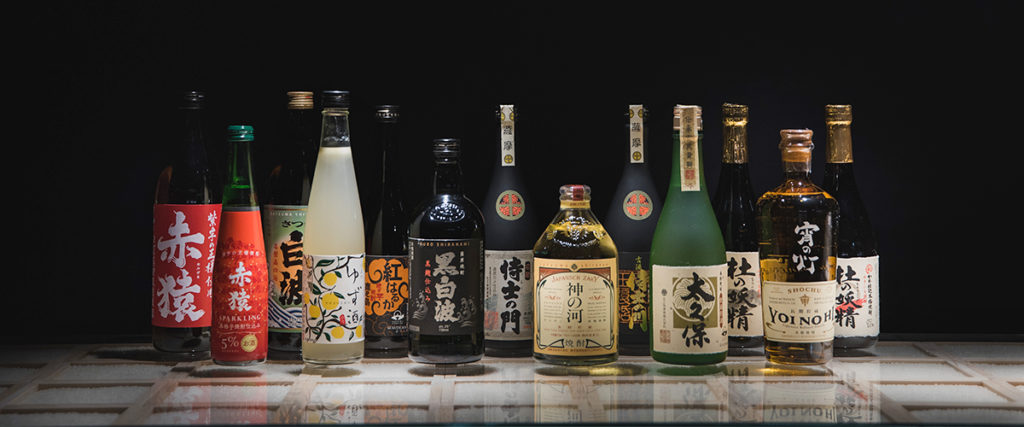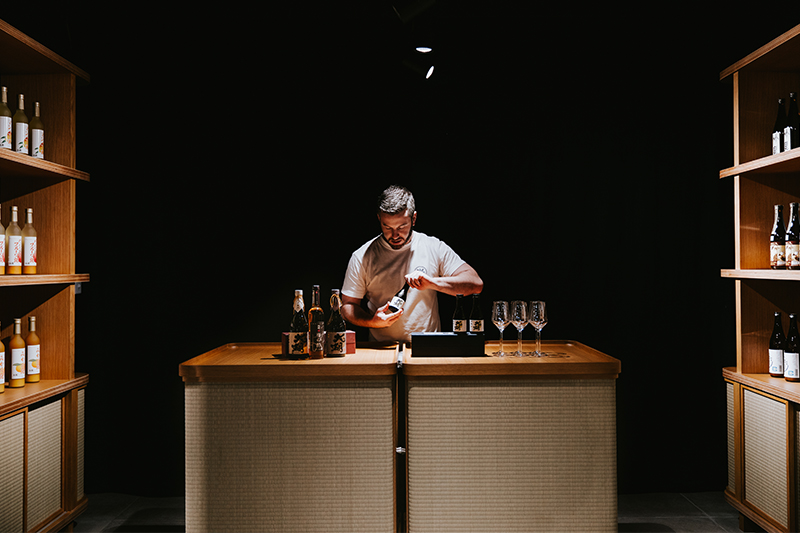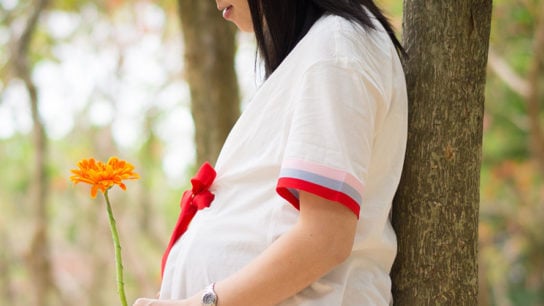We talk to Hong Kong bar and beverage experts Sake Central about how Japan’s national drink has morphed from being a warm rice wine sipped on by ancient emperors to a fizzy, flavoured shot fueling a global craze.
When talking consumer products from Japan, we often find ourselves starstruck by the technology giants of Sony or Canon, or lost in a world of dystopian robot fights and futuristic toilets. However, behind this silver screen are traditions harking back to times undocumented even in the history books. It’s this unique cultural mix of antiquity and modernity that Sake Central, an educational and multifunctional retail space in Hong Kong’s creative hub PMQ, wants to unlock through Japan’s globally loved alcoholic beverage: sake. Hive Life sat down with sake expert Matteo Ceravolo to take a journey from the origins of sake in 300 BCE right up to today where sake is slowly becoming a meaningful point of connection between Japan’s rich cultural heritage and the rest of the modern world.
Originally from Milan, Matteo began drinking sake as a student in Italy, thousands of miles away from its motherland. Falling in love with Japanese culture, he quickly realised the potential of this alcoholic drink to enable a deeper appreciation of the country itself. Moving to Hong Kong in May earlier this year to work for Sake Central, he now sits across their dimly lit sake bar, giving us a short education on this historic drink.
“Sake has an ancient history,” says Matteo. “It’s an alcoholic beverage made from four natural ingredients: rice, water, yeast and a mold called Koji. Whilst the fermentation of rice originally comes from China, Japan perfected this art, turning it into sake around 300 BCE, where it was a highly esteemed drink made by monks for emperors.” It was only around the Edo Period (Japan’s Middle Age) when the beverage began to be distributed to the public.
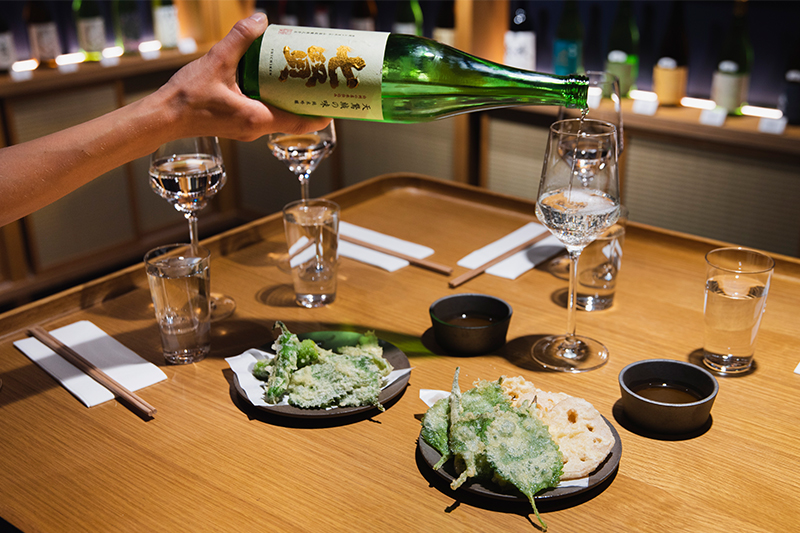
Today, this royal drink has become the low-calorie, vegan shot for the millennial masses. Not only is sake produced in all 47 prefectures in Japan, but there are now more and more breweries popping up in the US and a high demand for it in Hong Kong, Taiwan and even Europe. Matteo tells us, “Sake is always changing. It began being served only hot. Now you have flavoured, sparkling and aged sake. These new trends are really just the answer to a new generation in Japan who have begun to prefer drinking wine or beer to their local beverage.”
Sake’s popularity outside of Japan mirrors one of the reasons why Japanese locals back home have turned away from their ancient drink and towards the likes of Italian Prosecco and American cocktails – the alcohol is always greener on the other side. However, Matteo jokes that its international fame may simply boil down to the fact that sake plays into today’s health mania as a vegan, all-natural and low-calorie alternative to beer and wine.
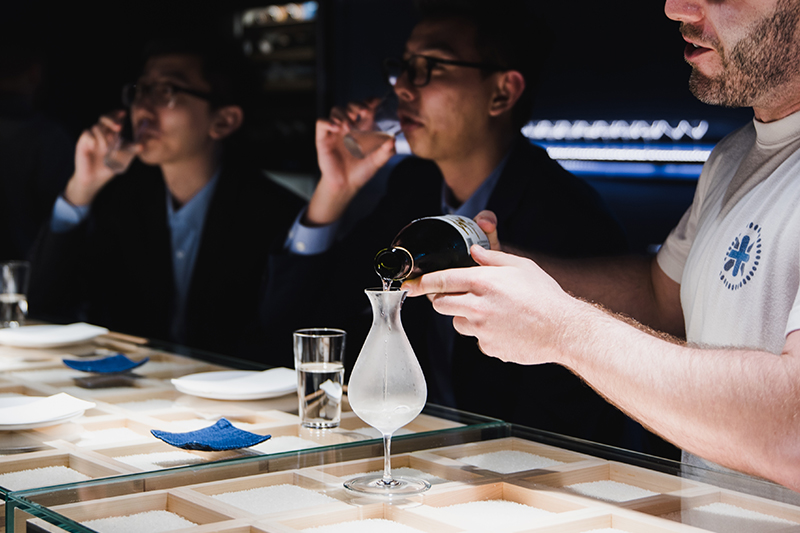
In 2017, the three founders behind Sake Central decided to capitalise on the global sake craze as a gateway to Japanese culture and history. Matteo explains how the retail space works: “If you’re looking for a bottle, we can suggest the best sake for you. It’s a very personal experience. In the bar, we are one of the only places that pairs sake with international food, which I believe will be the future of sake.” With international, bilingual staff and the option to pair the drink with ice cream or cheese platters, Sake Central is taking the first step to making Japanese heritage more accessible to the international hotpot that is Hong Kong, creating a ripple effect across the globe.
Whilst also offering beautiful Japanese ceramics and glassware, sake will remain the nexus of Sake Central’s mission. “Sake symbolises for Japan what wine does for Italy and France,” says Matteo. “Through sake, we want to promote not only the Japanese traditions that saw it made centuries ago but also the modern and technological reality we live in today.”
For Sake Central, Hong Kong is a starting block for worldwide impact. With the passing of their one year anniversary (on World Sake Day, no less) and the opening of a new space in Saigon last May, they’re just beginning their journey of unmasking the unique multifaceted nature of Japanese culture through its national drink.
Related Articles
Kiwami Japan: Japan’s Bizarre Alchemist Turning Tofu into Kitchen Utensils
